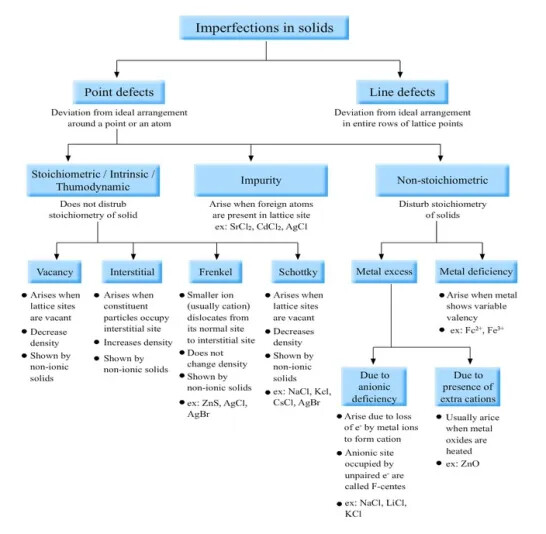Inorganic chemistry is a branch of chemistry that focuses on the properties and behavior of inorganic compounds, which are those that do not contain carbon-hydrogen bonds. Some important concepts in inorganic chemistry include the periodic table, chemical reactions, and the behavior of ions in solution. There are also several exceptions to general trends and rules in inorganic chemistry, such as the behavior of transition metals and the different reactivity of different groups of elements.
